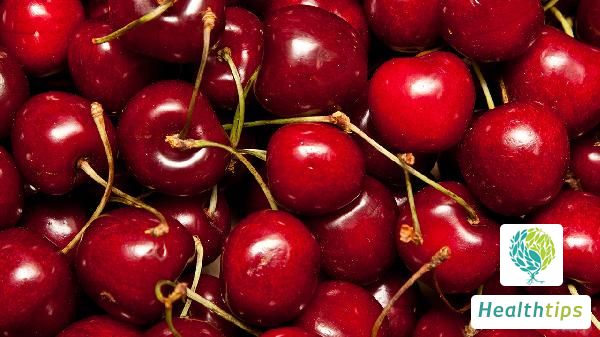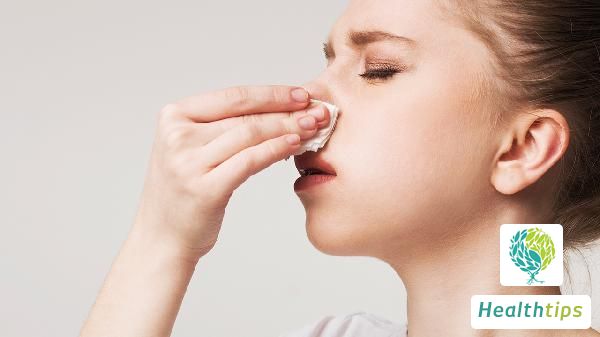How to Tell if the White Patches on Finger Joints Are Improving?
To determine whether the white patches on finger joints are improving, one can primarily observe the symptoms and undergo laboratory tests. In daily life, if you notice that the white patches on your finger joints have become lighter in color and there are no obvious discomforts, this may be a sign of improvement. Conversely, if symptoms such as itchiness or pain arise, it may indicate that the condition has not yet been effectively controlled.

1. Observing Symptoms
White patches on finger joints can be caused by various reasons, such as vitiligo or trauma. If the white patches are lighter in color and there are no obvious discomforts, this is usually a sign of improvement. Conversely, if the patches darken or are accompanied by symptoms such as itchiness and pain, it is recommended to seek medical attention promptly so that the doctor can adjust the treatment plan according to the specific situation.
2. Laboratory Tests
For uncertain cases, laboratory tests are an effective means. Hospitals can assist in diagnosis through physical examinations, dermatoscope examinations, and other methods. If vitiligo is confirmed, doctors may recommend medications such as tacrolimus ointment or pimecrolimus cream for treatment. If the white patches are caused by trauma, medications such as erythromycin ointment or fusidic acid cream may be used.
In daily life, maintaining good personal hygiene habits is crucial, and avoid scratching the affected area with your hands. Additionally, attention should be paid to diet, with an increased intake of vitamin C-rich foods such as kiwi and oranges, which can help improve immunity and promote skin health. Closely monitoring changes in the white patches and other bodily symptoms is key to assessing the improvement of the condition. If there are any doubts or discomforts, seeking medical attention promptly and following the doctor's advice for treatment is the safest approach. Maintaining a positive lifestyle and dietary habits can also provide good support for recovery.



















